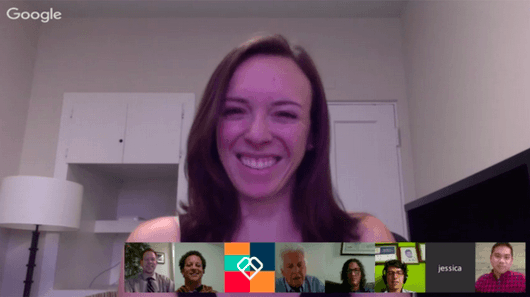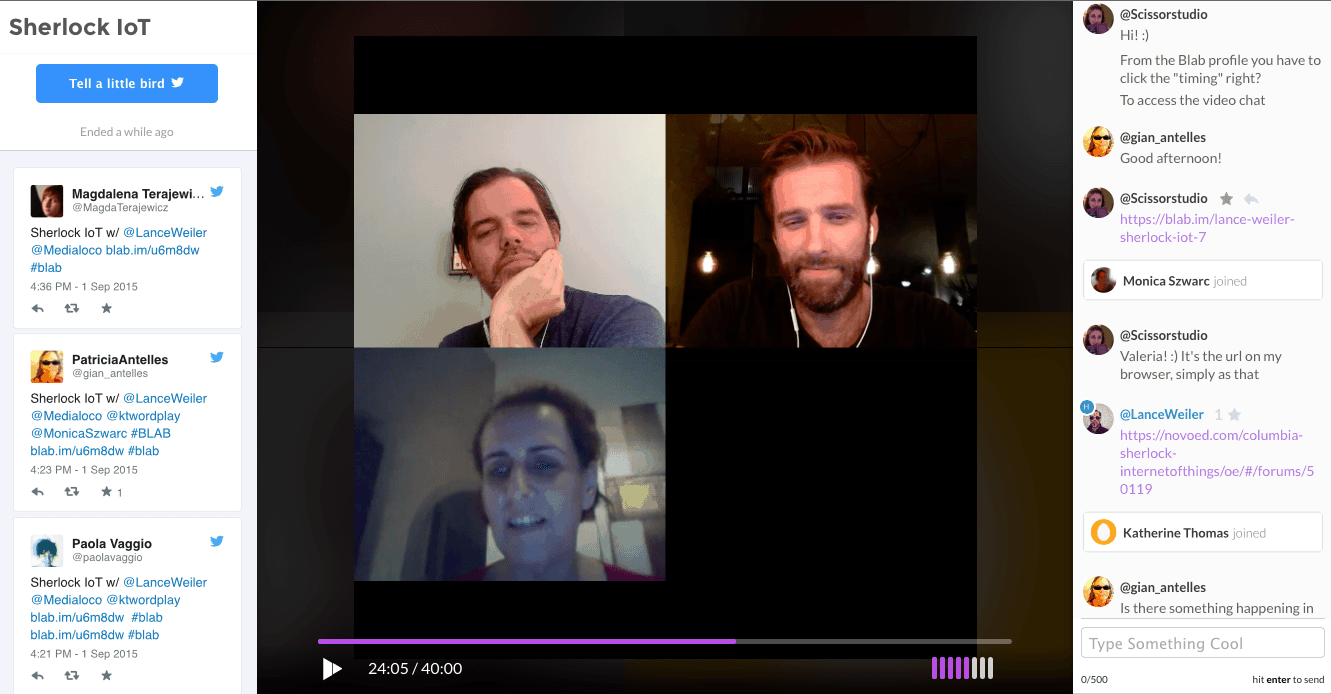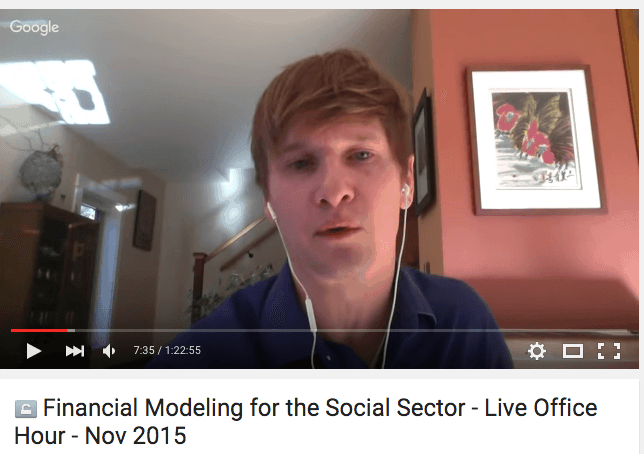5 Tips for Using Synchronous Events in Your Online Class
Learn five steps to easily implement effective extra events in your MOOC that will boost learner engagement and learning.
Editor’s Note: This is a guest post by Aya Jennifer Sakaguchi from the collaborative learning platform NovoEd.
Learners are increasingly taking online courses, not only to learn at their own pace, but also to meet and collaborate with other learners from all over the world. For MOOC designers, one solution for increasing collaborative learning in a course is to inject synchronous learning activities, which can provide new and exciting opportunities for interaction and communication between learners and course facilitators. These MOOC instructors can use synchronous events to serve different purposes in a course, including creating new means for instant feedback (for both learners and instructors) or for generating excitement for an upcoming course.
While synchronous events may seem daunting or challenging to coordinate, with good preparation they are easy to facilitate and have many benefits for both the instructors and the learners. After testing and running synchronous events of our own, we have compiled a list of some of our best practice tips that we hope you can use in your next course.
1. Determine the goal of your synchronous event
What benefit would the synchronous event have for you and your learners? Is it to increase communication and collaboration in a course, or is it an opportunity to provide learners with feedback? Here are some synchronous events that we’ve used in our courses, which learners have identified as helpful and worth attending.
- Course preview: generate excitement for your course by holding a live preview.
- Ask Me Anything (AMA): instructor or outside practitioner can answer participant questions that may not have been covered in the lectures and videos.
- Virtual Coaching: provide 1 on 1 feedback to participants.
- Invite guest lecturers: invite guest experts to bring new perspectives to the course.
- Office Hours: answer participant questions about a particular assignment before it is due, or provide feedback on assignments that have already been submitted.
- Course wrap-up: share final thoughts and reflections with participants, and reiterate key takeaways from the course.
 A Google Hangout with Instructor Jessica Jackley to promote her course, Global Social Entrepreneurship (More here: https://novoed.com/philanthropy-university-entrepreneurship)
A Google Hangout with Instructor Jessica Jackley to promote her course, Global Social Entrepreneurship (More here: https://novoed.com/philanthropy-university-entrepreneurship)
2. Find a good time to host the synchronous event
There are various benefits to hosting your synchronous event before, during, or after a course. The purpose of your live event will help you determine when you should host it. While the duration of a synchronous event can depend on the topic and the learning outcome you are trying to achieve, we generally advise an event that lasts 30 minutes to 1 hour.
- Before course: generates excitement and increase registration for the course.
- During course: increases engagement in the course by creating new means for participants to interact with the instructors and with each other.
- After course: concludes the course by validating learner participation and providing concluding remarks and feedback (and perhaps provides a chance to share your upcoming courses).
3. Get commitment from your learners
After deciding on the purpose and timing of your event, remember to get a level of commitment from people who are participating to ensure high participation and engagement during the event.
- Use a form or survey to determine which learners will be attending a live event. Send them a calendar invite so they don’t forget.
- If you are featuring assignments or answering questions during a live event, have learners submit their assignments or questions beforehand so the teaching team can decide which assignments to provide feedback on, or which questions to answer, during the live event.

A Blab.IM session with Instructors Lance Weiler and Jorgen van der Sloot, answering learner questions for their course Sherlock Holmes and the Internet of Things (More here: https://novoed.com/columbia-sherlock-internetofthings/)
4. Find the right tool for you
Choose the right tool for the purpose of your event. Before the live event, we recommend that both the instructors and the participants chosen for the live event do a dry run to make sure they know how to use the technology. We recommend testing different tools before committing to one to use for your live event. Here are some free tools that we have used and recommend.
- Google Hangouts on Air: broadcast live events that anybody in the public can view. A limit of ten participants can be in an On Air Google Hangout. So, nine learners can be invited to be live on air with the broadcaster (or eight if you will have both an instructor and a moderator). The Google+ event page that the Hangout will appear on is a good place for learners not participating in the Hangout to post questions that the moderator and instructor can use to supplement the participants’ questions.
- Blab.im: host live conversations that can be broadcast live to the public. Users can sign in using their Twitter account and can join the conversation using a live Twitter feed on the page.
- Appear.in: create a room and invite up to eight participants to join your live event. Participants only need the URL to the event — no sign-in required.
 A live office hour with instructor Erik Siemens for the course Financial Modeling for the Social Sector (More here: https://novoed.com/philanthropy-university-financial-modeling)
A live office hour with instructor Erik Siemens for the course Financial Modeling for the Social Sector (More here: https://novoed.com/philanthropy-university-financial-modeling)
5. Share the event recording
Many of your learners may be from different timezones and unable to attend the live event. By recording the event and sharing it afterward, learners in your course will be able to benefit from the content shared during the live event.
Examples of Synchronous Events Hosted in Other NovoEd Courses:
Before the Course
https://www.youtube.com/watch?v=74yLioH73eM
During the Course — #1
https://www.youtube.com/watch?v=KMmu14BaMbc&feature=youtu.be&t=11s
During the Course — #2
Biography: Aya Jennifer Sakaguchi is a Learning Experience Designer at NovoEd, an online learning solution provider. She helps instructional designers and MOOC providers create experiential and collaborative learning experiences with proven outcomes for learners. To learn more about creating a course on NovoEd, contact [email protected]





